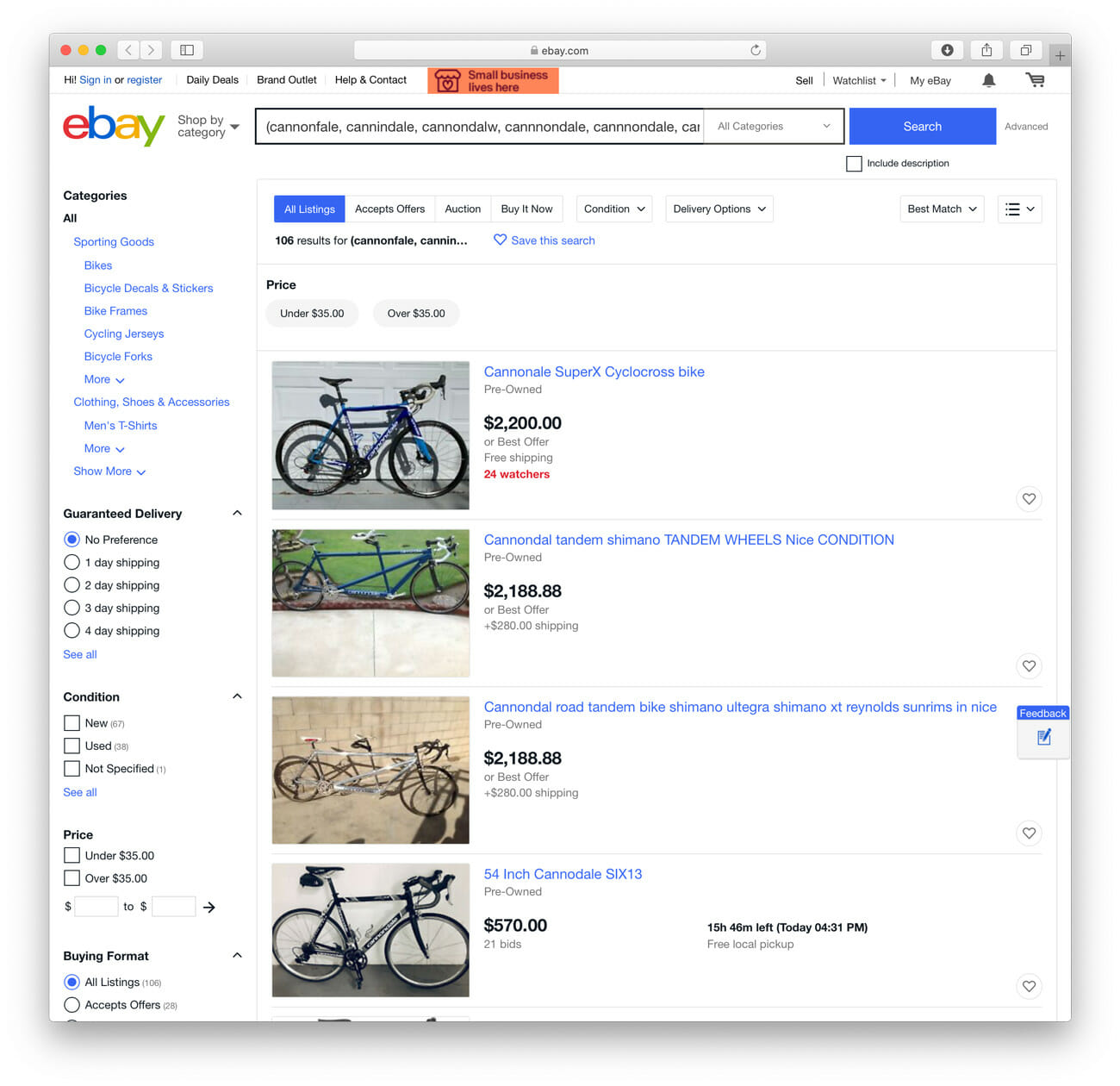When you think of waterproof and breathable jackets, you think of items made with Gore-Tex. It keeps you dry and allows water vapor and moisture to escape. For years, Gore-Tex has remained the standard that every brand aims to partner with, until now. While FutureLight was announced at the Consumer Electronics Show (CES) in early January, it was The North Face’s focus at the Outdoor Retailer Snow Show as well. The brand calls this the breathable waterproof material that’s going to revolutionize the adventure world — all starting in fall of this year.
The North Face has made a name for itself producing high-quality products built to withstand high altitudes, difficult weather situations and as many snowy days as you can throw at a product. The brand has worked with athletes across the globe, outfitting them to achieve whatever adventure goals they have. When looking to make the brand better, the design team taps these athletes for feedback, and applies that feedback to create new fabrics and technologies. Most recently, Andres Marin, an alpinist and The North Face athlete, asked the team to help him eliminate the number of jackets he takes with him on an expedition. What if one piece of gear could keep him dry in the rain, toasty when it was cold and still provided enough breathability when it was needed? FutureLight solves all of those woes. It won’t wet out when you’re summiting a mountain or tackling a big climb, so you can wear one jacket all day and never worry about taking it off.
The brand started from the bottom when designing and creating the product. They threw fabric creation to the wayside and pulled from outside industries to develop a brand new membrane technology. Standard rain jackets are made with a nylon or polyester that’s then treated with Durable Water Repellent or DWR. The DWR coating keeps the interior jacket dry and wicks away exterior water, but that often means there’s not much breathability in the jacket — it’s designed to keep water out, sealing up key access points for water vapor to escape your body. FutureLight aims to change that. Like Gore-Tex, FutureLight is a membrane technology. But unlike Gore-Tex, FurtureLight is created using a process called Nanospinning, which takes nano-sized fibers that are inherently waterproof and extremely breathable and laminates them to various face fabrics. It results in an overall thinner and more breathable membrane. The technology is primarily used in the tech and medical fields, but The North Face saw potential in the technology for outdoor materials.
Since September of 2018, athletes like Nate Rowland, Jake Blauvelt, Andres Martin, Jim Morrison and Hilaree Nelson have put the FutureLight material to the test in the Summit Series L5 jacket. The jacket was tested in some of the harshest conditions including expeditions on Lhotse (the fourth highest mountain on earth), the Great Trango (to set a new record for climbing in less than 12 hours) and was worn continuously for over 100 days in terrible weather conditions ranging from snow to sleet to rain.
The North Face will roll out jackets, bibs, tents, gloves and mittens with FutureLight tech initially in Fall 2019. We’re most excited for what FutureLight technology could be applied to moving forward. What if this material could be integrated into jeans, sweaters, even t-shirts? For athletes everywhere, the items we pull from our closets could change drastically. We have yet to test FutureLight, and have yet to see any hard numbers from third parties comparing the technology to offerings from Gore-Tex. But if The North Face’s claims are true, it could make FutureLight the industry standard.



